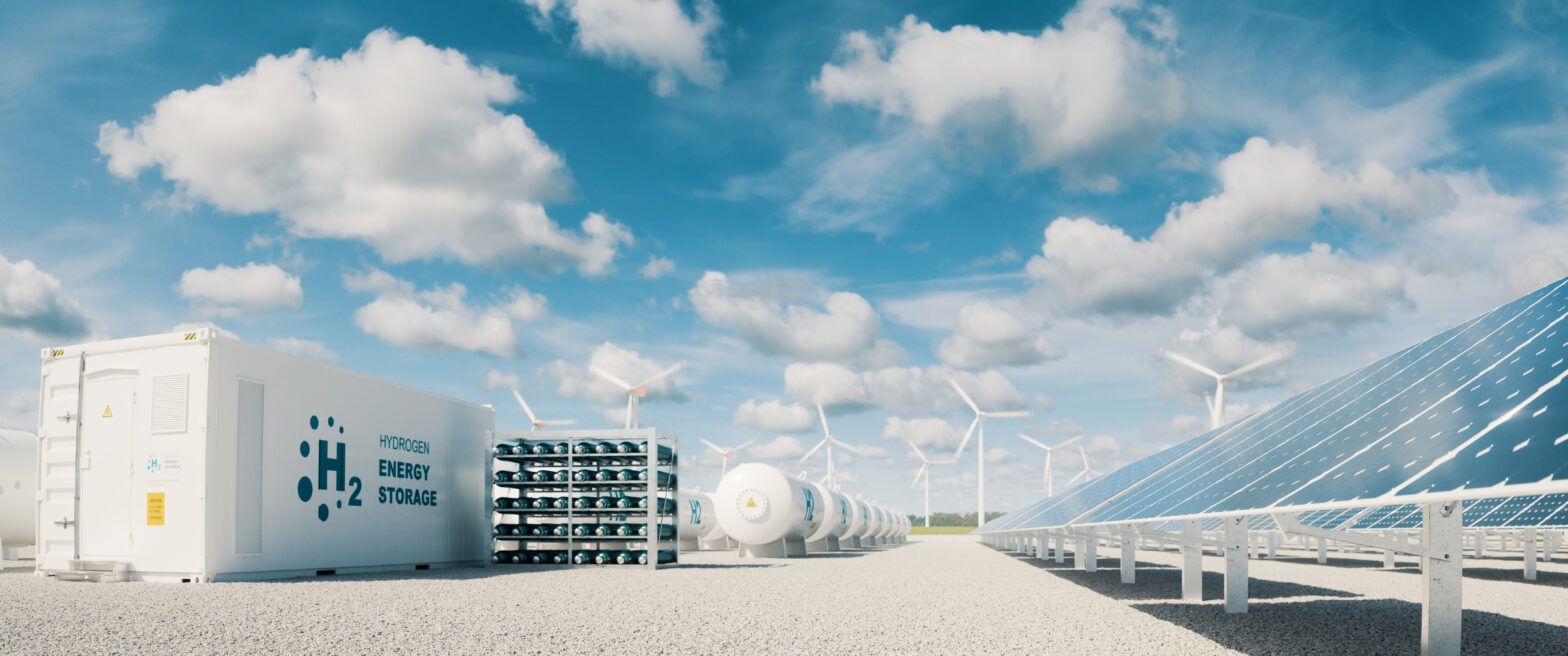The popularity of green hydrogen, which rises to the dual challenge of de-carbonising the economy while also unlocking energy security, is growing, particularly among political leaders and the business and investment communities.
In June, two oil supermajors, BP and TotalEnergies, announced huge investments in renewable energy production – from solar and wind – for the production of green hydrogen. BP is contributing $36bn to the Asian Renewable Energy Hub project in Australia, which will produce 26 gigawatts (GW) of electricity, the largest facility of its kind. 1.6 million tonnes of green hydrogen will eventually be produced per year.
Shell is also preparing to throw its hat in the ring, along with many other companies from different sectors involved in green hydrogen’s value chain.
The previous month, the European Commission introduced its REPower EU Plan, which places a major focus on renewable hydrogen. The Commission’s objective is to produce 10 million tonnes of renewable hydrogen and import 10 million tonnes by 2030.
Overcoming challenges
Despite the momentum, production is still low, with costs remaining high and technical issues needing to be ironed out.
At just 600,000 tonnes per year, production of green hydrogen – the cleaned form because it breaks down water using renewable energy – is still very low. It currently accounts for just 0.1% of all hydrogen produced, because water electrolysis is costly and the gas storage used is energy intensive.
The most widespread form is grey hydrogen, which is produced from hydrocarbons, accounting for 96% of the world’s hydrogen. But this is the most polluting form of hydrogen, accounting for around 2% of total CO2 emissions.
See also: – Hydrogen’s role in the race to net zero
Green hydrogen is still two to three times more expensive than grey hydrogen. However, there are several factors that make green hydrogen much more appealing.
First, there’s the significant fall in renewable energy costs over the past few years, technological progress with electrolysers that enables greater energy efficiency, and the prospect of costs per carbon tonne becoming more expensive.
Second, green hydrogen is emerging as a very attractive solution for decarbonising certain industries, particularly energy-intensive industries resistant to electrification: long-distance transport, logistics, heavy industry, agrochemicals, etc. In the mobility sector, particularly for heavy goods vehicles, hydrogen fuel cells offer advantages such as having a wider range than electric batteries and being faster to fill up.
But above all there is a political – almost worldwide – resolve to do everything possible to achieve a net-zero economy by 2050. According to financial services company Kepler Cheuvreux, by 2030 the price per kilo of green hydrogen, currently around 3.5 euros, will become more competitive and could even fall as low as one euro per kilo, i.e. the same price as grey hydrogen.
According to the Hydrogen Council, by 2050 clean hydrogen could avoid a total of 80 gigatonnes (GT) in cumulative CO2 emissions. This would be a major contribution to the emissions reduction needed by 2050, which is 10 gigatonnes per year.
Investment opportunities
More than 500 large-scale projects have been launched over the past two years by the energy sector’s major players, in collaboration with manufacturers, chemicals and transport operators, to produce green or blue hydrogen. Green projects include the partnership between energy distributor Iberdrola and US manufacturer Cummins, which produces engines, to build a gigafactory in Spain specialising in the production of electrolysers.
Beyond the hundreds of billions of private and public investment needed, these projects will require several hundred GW of capacity to succeed. A recent Goldman Sachs report estimates $5,000bn of cumulative investment in the clean hydrogen supply chain would be needed for the path to net zero – a large proportion of this going into the production of more efficient electrolysers.
In addition, the report sees an opportunity for the hydrogen market, currently worth $125bn, to double by 2030 and reach $1,000trn by 2050. Alongside renewable energy, biofuels and energy efficiency measures, clean hydrogen is now a key pillar in an energy transition that is more necessary than ever.








